At the heart of the Near Belonging project is the idea that participants are invited to ‘adopt’ a person from the archive, and to reflect on potential connections. To make the Graham’s Studio Collection of 5,000 portraits less overwhelming, before any workshops started I spent a few focused days in the relative silence of Warwickshire County Record Office leafing through prints to create a longlist.
A casting role
Not many of the negatives have been digitised so, as well as being a real pleasure, this was a practical step, to select images that could be pre-scanned and made available if participants needed to join remotely (for covid or any other access related reasons). I soon realised the size of the task and I sped up, feeling heartlessly like a busy casting agent as I flicked through looking for the youngest, oldest, most decayed, most unusual, most striking… my selection was roughly representative but also inevitably personal. I ended up with a cast of 40 men, women and children (including two dogs) and an unnerving sense of guilt about the thousands of others who would remain unseen and unadopted, at least for now.
As it turns out, a few others managed to get their moment in the spotlight after all. While participants in the Nuneaton young care leavers group selected remotely from digitised images, and those in Warwick were guided by my longlist, the Rugby group went their own way. The logistics of organising a group visit to the record office proved too tricky to conquer so instead archivists kindly offered to bring collection prints to our gatherings in Rugby and participants had free reign of all the portraits, just as I had done at the start of the project. I needn’t have worried about it being overwhelming, connections were made almost instantly in all cases and there was surprisingly little indecision. The reasons for selecting those adopted are varied and fascinating, exactly as I’d hoped, and the resulting conversations have been priceless.
Insight into the lives of young people
As one of the care leavers’ group leaders said:
The project is enabling us to gain an insight into the lives of young people that might not have occurred without the photos. These insights can help those working with young people to understand the complex situations they have faced.
We have included a gallery of some of the portraits selected, and I’m really excited that soon I’ll also be able to share what they’ve inspired in our group activities and artworks.

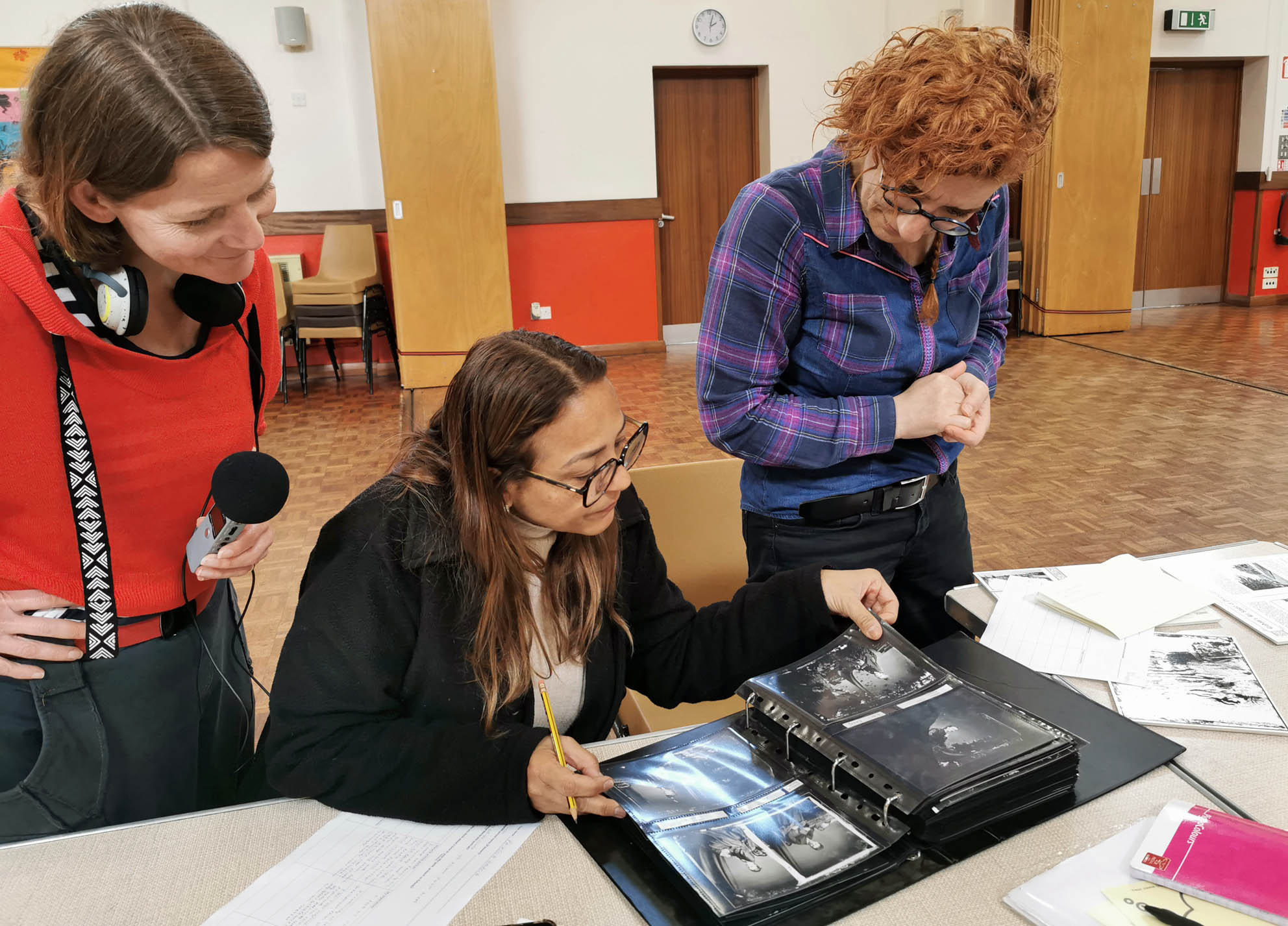
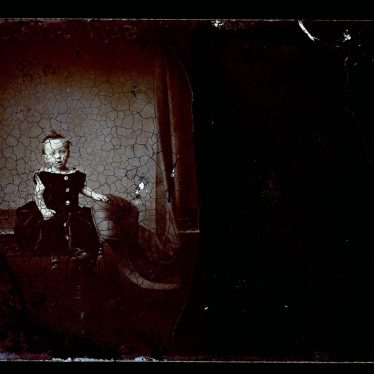
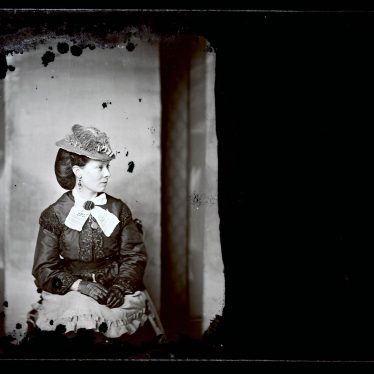
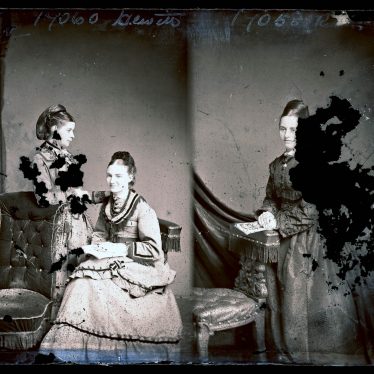
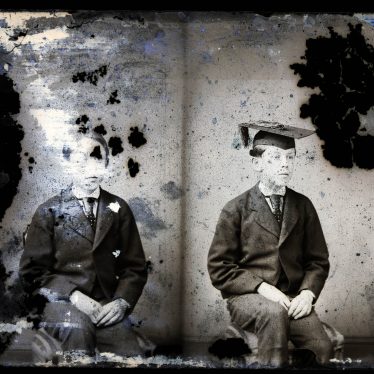







Comments
Add a comment about this page